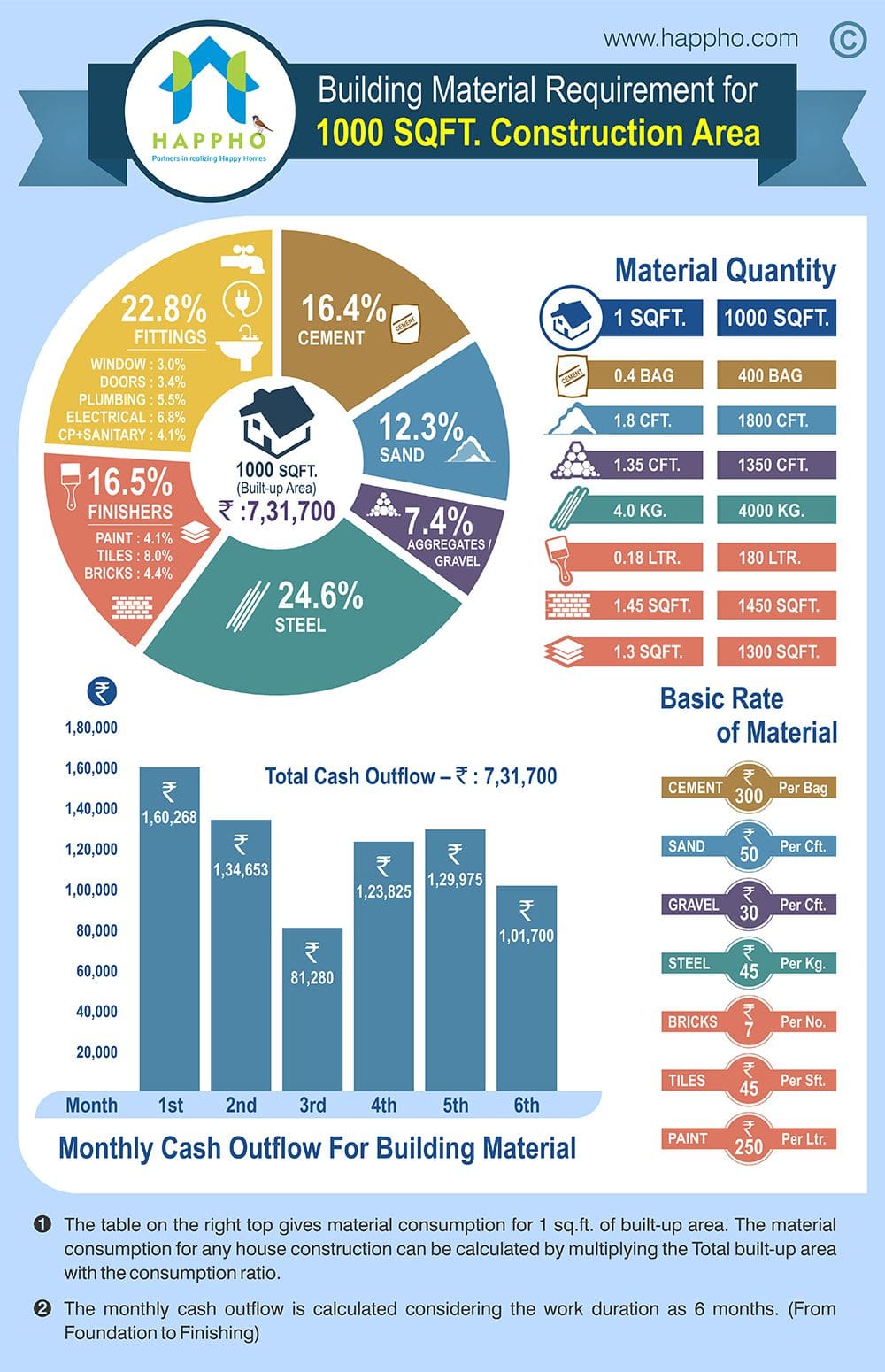Learn More About The Ways In Which Seasonal Aspects Can Impact The Success Of Commercial External Paint And Establish The Most Effective Times To Attain Long Lasting Results For Your Job
Learn More About The Ways In Which Seasonal Aspects Can Impact The Success Of Commercial External Paint And Establish The Most Effective Times To Attain Long Lasting Results For Your Job
Blog Article
Posted By-Leach Rodriquez
When you're planning a commercial exterior paint project, seasonal variables can make or damage your outcomes. You'll wish to take into consideration just how temperature and moisture impact paint application and drying times. Selecting the ideal period can ensure your paint sticks correctly and lasts longer. Yet which seasons are truly the most effective for this type of work? Allow's check out the crucial elements that can impact your task's success.
The Effect of Temperature on Paint Application
When you're planning an industrial external painting project, the temperature level can considerably affect just how well the paint adheres and dries.
Ideally, you want to paint when temperature levels vary in between 50 ° F and 85 ° F. If it's too cool, the paint may not treat correctly, causing issues like peeling off or breaking.
On the other hand, if it's too warm, the paint can dry also quickly, preventing correct attachment and leading to an unequal finish.
You ought to likewise take into consideration the time of day; morning or late afternoon uses cooler temperatures, which can be extra favorable.
Always examine the maker's referrals for the specific paint you're using, as they usually offer support on the suitable temperature array for optimum results.
Moisture and Its Effect on Drying Times
Temperature level isn't the only environmental element that affects your commercial external paint project; humidity plays a considerable role as well. High humidity levels can decrease drying out times substantially, influencing the general high quality of your paint task.
When the air is filled with wetness, the paint takes longer to cure, which can cause concerns like poor bond and a greater risk of mold growth. If you're repainting on a specifically moist day, be prepared for prolonged wait times between layers.
please click the up coming article to monitor regional weather conditions and plan appropriately. Ideally, aim for moisture degrees between 40% and 70% for optimum drying out.
Keeping these factors in mind guarantees your project stays on track and supplies a lasting finish.
Best Seasons for Commercial Outside Paint Projects
What's the best time of year for your industrial external paint jobs?
Spring and early fall are commonly your best choices. During these periods, temperature levels are light, and moisture levels are commonly lower, creating suitable problems for paint application and drying.
Prevent summertime's intense heat, which can create paint to completely dry too swiftly, leading to inadequate bond and surface. Similarly, winter season's cool temperatures can hinder proper drying out and healing, risking the longevity of your paint work.
visit their website for days with temperature levels between 50 ° F and 85 ° F for optimal results. Remember to inspect epoxy floors tulsa for rainfall, as wet conditions can spoil your project.
Planning around these elements ensures your painting project runs efficiently and lasts longer.
Verdict
To conclude, preparing your industrial outside painting jobs around seasonal factors to consider can make a substantial difference in the end result. By organizing job during the optimal temperatures and humidity degrees, you'll guarantee far better bond and drying times. Keep in mind to watch on regional weather forecasts and pick the right time of year-- spring and very early loss are your best choices. Taking these actions will assist you achieve a sturdy and professional surface that lasts.
